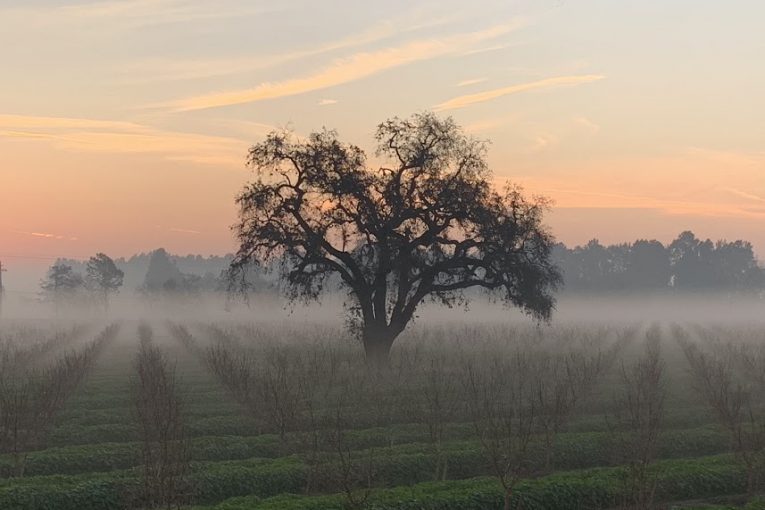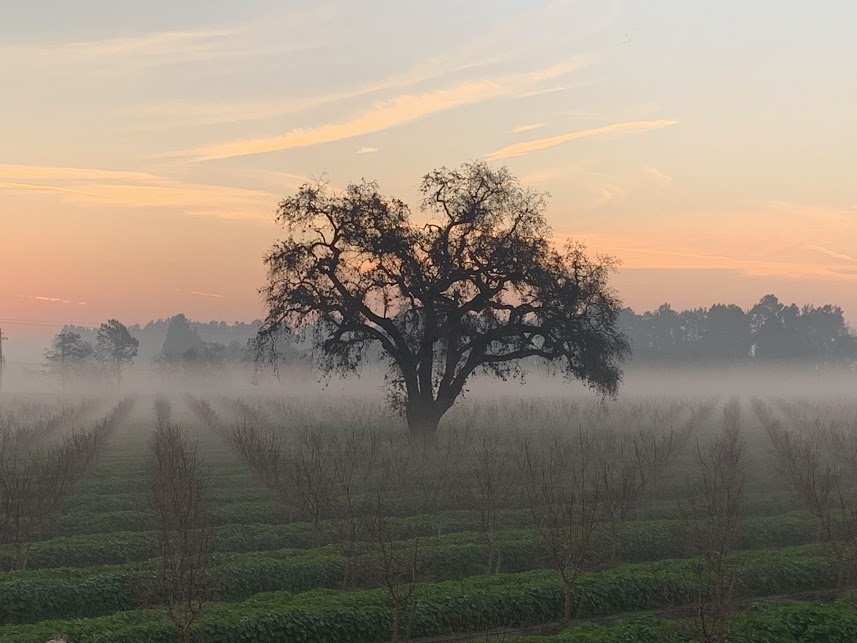

by Patrick Huber
I am writing to voice my support for Measure H. In addition to the potential benefits that DiSC will bring to the city that have been noted by many, I would like to add that I believe it will also benefit open space and habitat in Davis and the region.
Of course, there will be impacts from the project. Approximately 100 acres of farmland will be permanently lost, as well as some foraging habitat for raptors and viewsheds to the east.
That being said, while I generally support farmland conservation in the Central Valley and elsewhere, native habitat is in much scarcer supply. Approximately 90% of the  original ecosystems in the Central Valley have been converted to human uses over the past 150 years. As I have documented in peer-reviewed publications, a large amount of habitat restoration/creation needs to be undertaken to build a relatively resilient natural system from the shreds that currently exist.
original ecosystems in the Central Valley have been converted to human uses over the past 150 years. As I have documented in peer-reviewed publications, a large amount of habitat restoration/creation needs to be undertaken to build a relatively resilient natural system from the shreds that currently exist.
Therefore, I believe that the gains from the implementation of DiSC far outweigh the losses. First, 14 acres of native habitat will be created in the agricultural buffer. This will include valley oak woodland, grassland, and seasonal wetland swales, as well as a burrowing owl nesting complex. The north section of the buffer includes an existing drainage ditch that will be upgraded to a more natural riparian habitat. There will be additional native species planted across the full project site to provide resources for native pollinators and other species.
People’s access to natural areas is extremely important as well, both from the health benefits seen by this access and to build a constituency for further conservation activities. The ag buffer to be created as part of the project will be open for public access, adding to the city’s open space and greenbelt systems. Importantly, when public access is implemented, an existing but currently unusable public access easement will be activated on the parcel to the east of the site. This will enable public access all the way to the city-owned Howat Ranch and from there to Yolo Bypass.
The long range vision here is that we have the opportunity to develop public access beginning inside Davis, across several parcels including the DiSC site, to a destination of potentially up to 100 acres of newly created wetland that could be established on the city-owned Clayton Ranch adjacent to Yolo Bypass and its levee system.
Finally, several hundred acres of farmland and habitat for rare species will be permanently preserved in the Davis area to meet local, state, and federal mitigation requirements.
As a professional conservation scientist at UC Davis as well as a long-serving member of the city’s Open Space and Habitat Commission, I am happy to support DiSC and the overall environmental and public access benefits it will bring.






Of course!
Patrick’s holistic vision provides interesting insight into the possibilities for community access to the surrounding open spaces and various habitats.
The claim that the “habitat” in the Ag buffer is valuable habitat is a stretch at best. The Ag buffer is only 150 feet wide, the bare minimum under the City of Davis Right to Farm ordinance.
The first 50’ feet of this buffer will have public access and a multi-use path, so really what we are talking about is 100’. This 100’ feet adjacent to almond orchards and will get hit with spray drift from the orchards, that’s part of why a buffer is needed. 100’ wide strips of “habitat” that have pesticide and herbicide drift is clearly of minimal habitat benefit.
Digging deeper though, the ag buffer proposed is half the size of the Ag buffers required by yolo County ordinance. Further the Yolo County Farm Bureau recommends a 500 foot ag buffer to accommodate spray drift for the adjacent almond orchards.
In short, the writer’s claim that this narrow strip of land that is far narrower than it should be and will regularly be effected herbicide and pesticide drift is a meaningful habitat conservation is much like the other claims the Developer is making, misleading at best.
Finally, “100 acres of newly created wetland that could be established on the city-owned Clayton Ranch adjacent to Yolo Bypass and its levee system” is not in the DiSC proposal at all and does not belong in an argument in favor of measure H. “Could be” is the operative phrase here. If it is ever considered by the City in the future, there is a huge question of who will pay for it.
I’ve known Patrick for more than a decade. His dedication to maintaining a landscape of diverse habitat types is without question.
Colin you are looking at what Patrick is talking about with the narrowest possible perspective of seeing the proposal in total isolation.
Patrick is taking a holistic view of the landscape where he envisions this as an entry point that provides access for the community to enjoy our open spaces where conservation and restoration can enrich both peoples experience and the natural environment.
I am looking at the actual baseline features and development agreement of the DiSC development. While Patrick’s vision is good one, there is little if anything in the DiSC development and measure H that furthers it.
The habitat concept ‘rocks’… but it means taking prime ag land out of production… there are many native species for which farming on prime ag, takes away their habitat…
Is there a conflict of ‘values’?
While we’re at it, let’s build a freeway to the bottom of the Grand Canyon from Vegas. The access to natural habitat, difficult-to-access trails and the Colorado River would be unparalleled.
Good point… would the Grand Canyon be different if no one could see, have access to it? Something about a tree falling, whether it makes a sound, if no one is present to hear it… would it be the same if all roads lead to it? I wonder…
Careful. There’s the “W” word again. And we all know what happened last time . . .